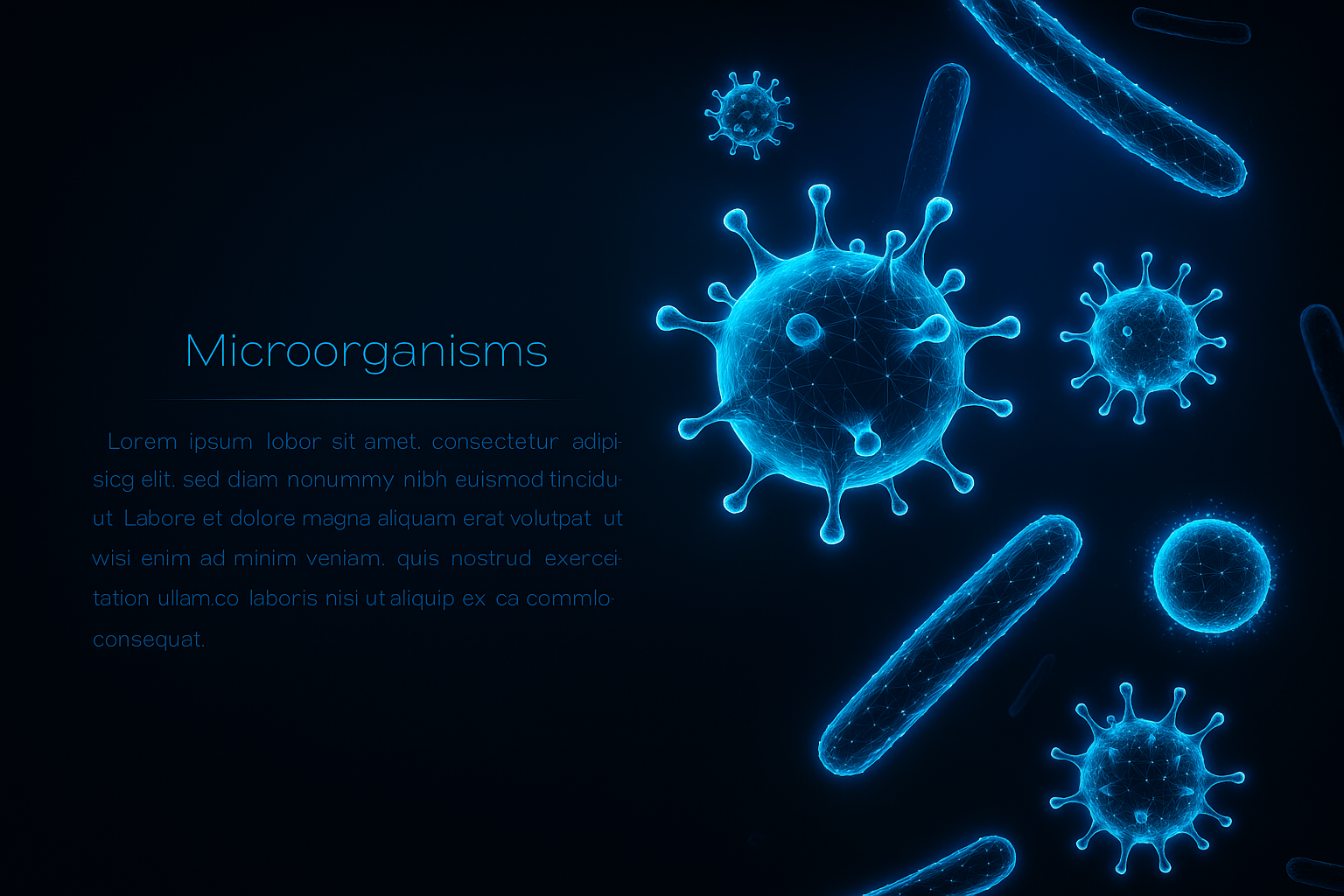Comparative Post: Autoimmunity vs Immunodeficiency

| Feature | Autoimmunity | Immunodeficiency |
| Definition | The immune system attacks the body’s own healthy tissues. | The immune system is weakened or absent, reducing ability to fight infections. |
| Immune Response | Overactive, misdirected, self-reactive immune response. | Underactive, insufficient, or absent immune response. |
| Primary Cause | Loss of immune tolerance; genetic and environmental triggers. | Genetic defects (primary) or acquired causes (HIV, chemotherapy, malnutrition). |
| Examples of Diseases | Rheumatoid arthritis, systemic lupus erythematosus, type 1 diabetes, multiple sclerosis. | Severe combined immunodeficiency (SCID), HIV/AIDS, common variable immunodeficiency (CVID). |
| Pathophysiology | Self-antigens recognized as foreign → chronic inflammation and tissue damage. | Impaired innate/adaptive immune mechanisms → recurrent or severe infections. |
| Diagnostics | Autoantibody tests, biomarkers, imaging for organ damage. | Immune function tests, genetic testing, antibody levels, infection history. |
| Therapy | Immunosuppressants, biologics, precision immunotherapy guided by biomarkers. | Immunoglobulin replacement, bone marrow transplant, antimicrobials, gene therapy. |
| Role of Biomarkers | Identify disease subtypes, predict flare-ups, guide therapy. | Detect immune deficiencies, monitor therapy success, assess immune reconstitution. |
| AI & Systems Immunology Perspective | Mapping immune heterogeneity, predicting autoantibody networks, personalized therapy modeling. | Predicting infection risk, modeling immune reconstitution, optimizing gene therapy. |
| Future Directions | Precision immunotherapy, synthetic immune modeling, AI-guided prediction of flares. | Gene editing (CRISPR), synthetic immune engineering, AI-driven infection surveillance. |

